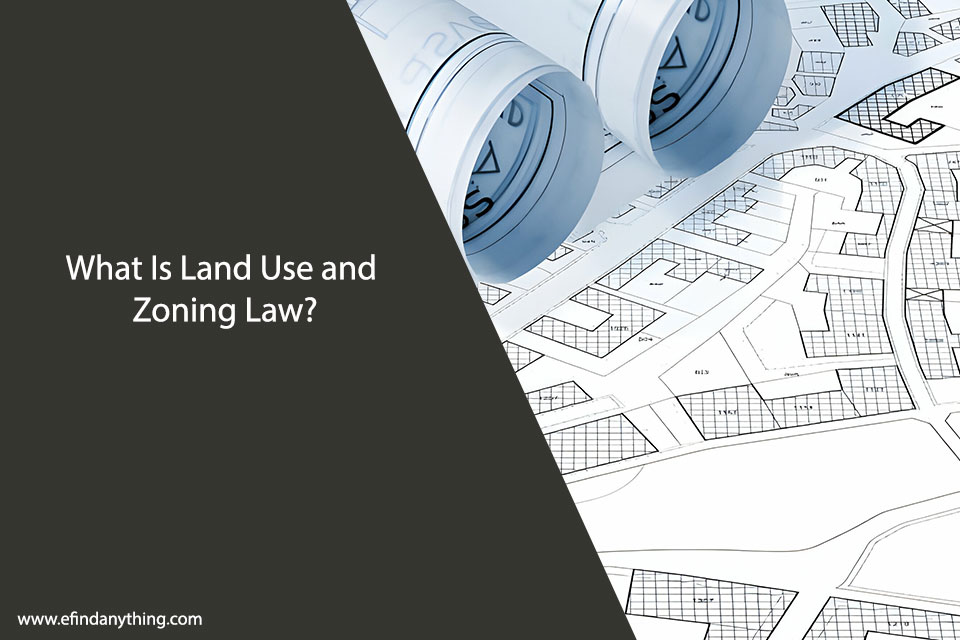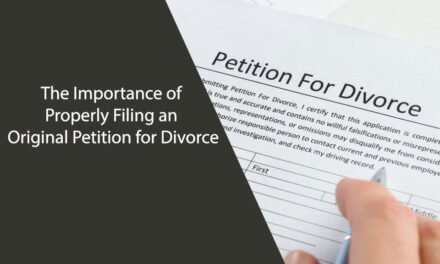
Land use and zoning laws are aspects of urban planning and development that govern how land is utilized and developed within a specific jurisdiction. These regulate the use of land, transportation infrastructure, and layout of roadways. According to zoning lawyers from Gerkin Ponitz Greeley, land-use regulation is associated with rising home prices in 44 states in the US.
In this article, we will determine what types of buildings can be constructed in certain areas to regulate the use of land for residential, commercial, or industrial purposes and dig into the foundational principles of land use and zoning law.
Table of Contents
Importance of Land Use and Zoning Law
These laws govern how land can be utilized, the types of buildings that can be constructed, and the activities that can take place on a particular piece of property. By adhering to these regulations, you can ensure that your development or management activities are in compliance with the law, minimizing the risk of legal issues and potential penalties.
Land use and zoning laws help maintain order and protect the interests of both individuals and the community as a whole. They help create a harmonious environment where different types of land uses are appropriately located and compatible with each other. For example, residential areas are zoned for housing, while commercial zones are designated for businesses and industries. This separation prevents conflicts that may arise from incompatible land uses, such as noise pollution or traffic congestion.
In addition, land use and zoning laws play a crucial role in preserving the natural environment and safeguarding public health and safety. They ensure that environmentally sensitive areas, such as wetlands or floodplains, are protected and that developments don’t pose risks to public health, such as through hazardous waste disposal or inadequate infrastructure.
Principles of Land Use and Zoning Law
These principles provide the framework for how land is classified, allocated, and used within a particular jurisdiction. One principle of land use and zoning law is the principle of public interest. This principle recognizes that land use decisions should be made in the best interest of the community as a whole. It aims to balance individual property rights with the broader goals of promoting public health, safety, and welfare.
Another principle is the principle of compatibility. This principle emphasizes the need for land uses to be compatible with their surrounding environment and adjacent land uses. It seeks to prevent conflicts and promote harmonious development by ensuring that land uses are appropriate for their location.
The principle of flexibility is also important in land use and zoning law. It recognizes that land use regulations should be adaptable to changing needs and circumstances. It allows for flexibility in the interpretation and application of zoning regulations to accommodate innovative and sustainable development practices.
The principle of fairness ensures that land use regulations are applied fairly and consistently. It prohibits arbitrary and discriminatory actions, promoting equal treatment for all individuals and property owners.
Types of Zoning Regulations
Different types of zoning regulations play a crucial role in determining how land can be used and developed within a specific jurisdiction. These regulations help establish the framework for land use planning and ensure that development aligns with the goals and vision of the community.
- Euclidean zoning divides land into specific zones based on different uses such as residential, commercial, and industrial. This type of zoning helps prevent incompatible land uses from being located too close to one another, promoting harmony and preventing conflicts.
- Performance zoning, which focuses on the impact of the proposed development rather than the specific use. It sets performance standards that must be met, such as noise levels, building heights, or environmental impact. This type of zoning allows for more flexibility and encourages innovative and sustainable development practices.
- Overlay zoning is yet another type of regulation that’s used to address specific issues, such as preserving historic buildings or protecting environmentally sensitive areas. It imposes additional requirements or restrictions on top of the existing zoning regulations to safeguard specific features or characteristics of the land.
Impact on Urban Development
Urban development is significantly influenced by land use and zoning regulations. By establishing specific guidelines and restrictions on how land can be used, zoning laws ensure that urban areas are developed in a planned and organized manner.
The control of building heights and densities can impact land use and zoning regulations on urban development. Zoning laws determine the allowable height and density of buildings in different areas, which helps maintain a balance between population density and infrastructure capacity. This guarantees that urban areas can accommodate the needs of their residents while also preserving the character and quality of the built environment.
Land use and zoning regulations also influence the mix of land uses within urban areas. By designating specific zones for residential, commercial, industrial, or recreational purposes, these regulations guide the spatial arrangement of different activities. This helps create vibrant and functional neighborhoods, with a diverse range of amenities and services easily accessible to residents.
Zoning laws also have a significant impact on transportation and infrastructure planning. By designating areas for different land uses, these regulations influence the demand for transportation infrastructure, such as roads, highways, and public transportation. They also ensure that adequate infrastructure is in place to support the needs of the community, such as schools, parks, and utilities.
Challenges and Controversies in Land Use and Zoning Law
Land use and zoning laws present numerous challenges and controversies in their implementation and interpretation. One major challenge is striking the right balance between promoting development and preserving the environment. As communities grow and urbanize, there’s often a conflict between the need for new development and the desire to protect natural resources and green spaces. This tension can lead to legal battles and public debates over the appropriate use of land.
Another challenge is the issue of affordable housing. Zoning regulations can sometimes limit the availability of affordable housing options, leading to concerns about gentrification and exclusionary practices. Balancing the need for economic development with the need for affordable housing can be a difficult task for lawmakers and policymakers.
Controversies also arise when it comes to the interpretation and enforcement of land use and zoning laws. Different stakeholders may have conflicting interests and interpretations of the law, leading to disputes and litigation. The complexity of these laws, combined with varying local ordinances and regulations, can make it challenging to achieve consistency and fairness in their application.
Conclusion
By understanding the principles and types of zoning regulations, you can better comprehend the impact it has on urban development. It’s important to acknowledge the challenges and controversies that arise in this field. Remember, land use and zoning laws play a crucial role in shaping our cities and communities, ensuring a balance between growth and preservation.





